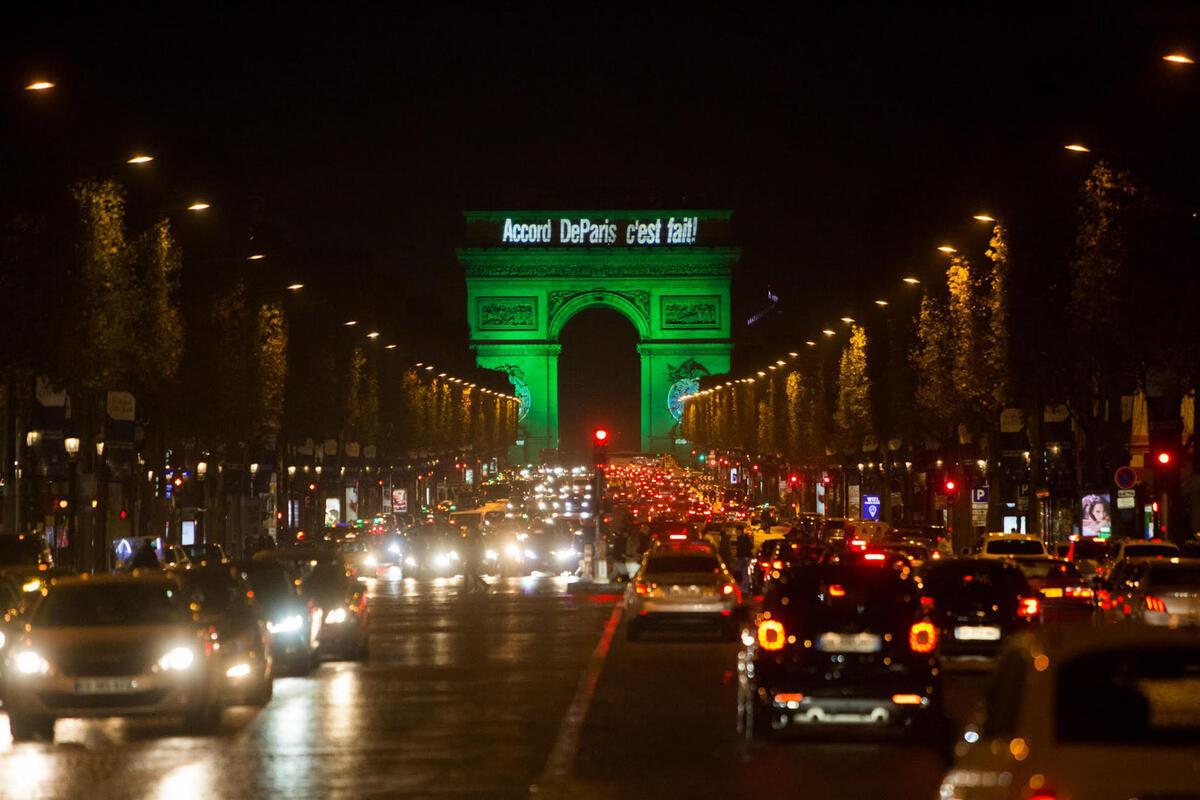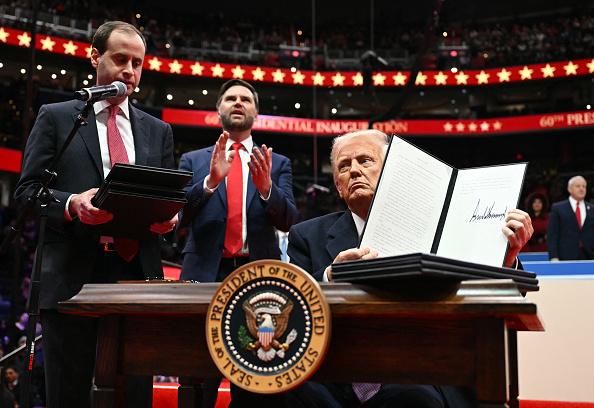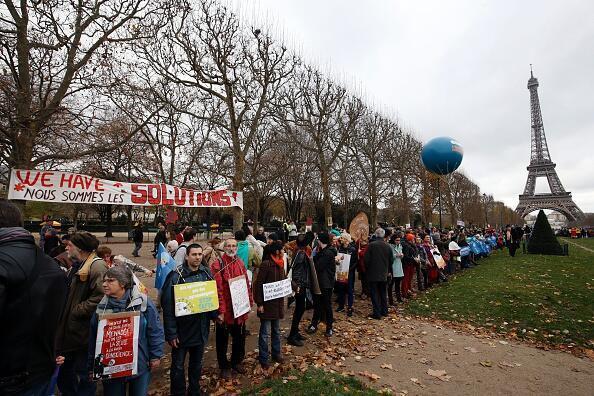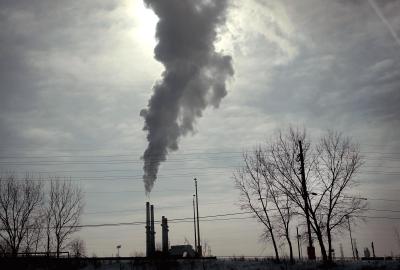What is the Paris Climate Agreement and why does it matter?
Shortly after his inauguration, President Trump signed an executive order to pull the United States out of the biggest global climate partnership in history — the Paris Agreement.
That may have left you wondering, what exactly is the Paris Climate Agreement anyway?

The Paris Climate Agreement explained
The Paris Agreement is a historic, worldwide effort to tackle the causes, and impacts, of climate change. The agreement was signed in Paris almost a decade ago and marked the first time that nearly 200 global leaders agreed: Climate change is real, human-caused pollution is the main driver (think automobile exhaust and pollution from dirty power plants), and we need to work together to fix it.
Key points of the Paris Climate Agreement
Under the agreement, each country made its own plan to cut planet-warming pollution and leaders began meeting regularly to share progress and hold one another accountable.
Progress has been slow, and the climate is still warming, which is leading to worsening flooding, wildfires and hurricanes. But models show that without the agreement, global temperature rise would be much worse and that the Paris Agreement has made a positive difference. Now is the time for the world to accelerate progress, not turn back.
Why is Trump against the Paris Agreement?

Trump has called the agreement unfair and one-sided — but his claims leave out the fact that it’s not just the U.S. that’s on the hook. Other heavily polluting nations, like China, have also made significant commitments to reduce their pollution under the Paris Agreement. In fact, China is already positioning itself as a leader in clean energy internationally. In the first half of 2024, China was home to more than half of all the solar power installed worldwide.
Trump also argues that action on climate change is bad for the economy. But data shows that without action, the economic damage caused by climate change is projected to cost $38 trillion dollars a year. And many experts challenge the view that economic growth and climate action are mutually exclusive, as clean energy and green policies are already driving job creation.
- Clean car jobs are booming, new report finds
- Fighting climate change costs far less than doing nothing
What happens now that the U.S. is leaving the Paris Agreement for a second time?
Trump’s executive order started the year-long process for the U.S. to formally withdraw from the agreement. The last time the United States left the Paris Agreement (during Trump’s first term), many worried others would as well. However, no other nations followed suit, and President Biden rejoined the agreement in 2021.
This time, America’s exit again worries world leaders. But it also opens the door for other nations to lead, and profit from, a global clean energy transition that’s much further along than it was even a few years ago.
"Other countries and communities will now fill the vacuum left by the United States, and reap the benefits,” says Amanda Leland, executive director of Environmental Defense Fund. “The policy whiplash and isolation from the Paris Agreement creates uncertainty for American companies and could ultimately hold them back from remaining competitive on the global stage.”
How bad is this for the world’s ability to fight climate change?
There’s no doubt that withdrawing the U.S. from the Paris Agreement make it harder to slow warming: the U.S. is the world's second largest contributor of planet-warming pollution. Leaving the Paris Agreement means that the U.S. is no longer obligated by the agreement to cut America’s pollution.

Already, several of Trump’s other executive orders pave the way for previously protected areas to be exploited for new oil and gas drilling. More fossil fuel pollution will contribute to further warming, which means more extreme heat, dangerous storms, worsening wildfires, rising seas and other problems that affect everyone
An analysis by Carbon Brief estimates that the Trump administration’s policies could add an extra 4 billion metric tons of planet-warming pollution to the atmosphere.
But other countries are staying the course. At the last meeting of Paris Agreement nations at COP29, a coalition including the U.K., Canada, Mexico, Norway and the EU, pledged to stay the course with or without the U.S., and further cut their pollution to meet the most ambitious targets agreed to in Paris.
Plus, many U.S. states, cities and other institutions have pledged to continue to cut climate pollution despite federal withdrawal.
"The global transition to clean energy is already underway,” says Leland. “This is the moment to lead or be left behind.”


